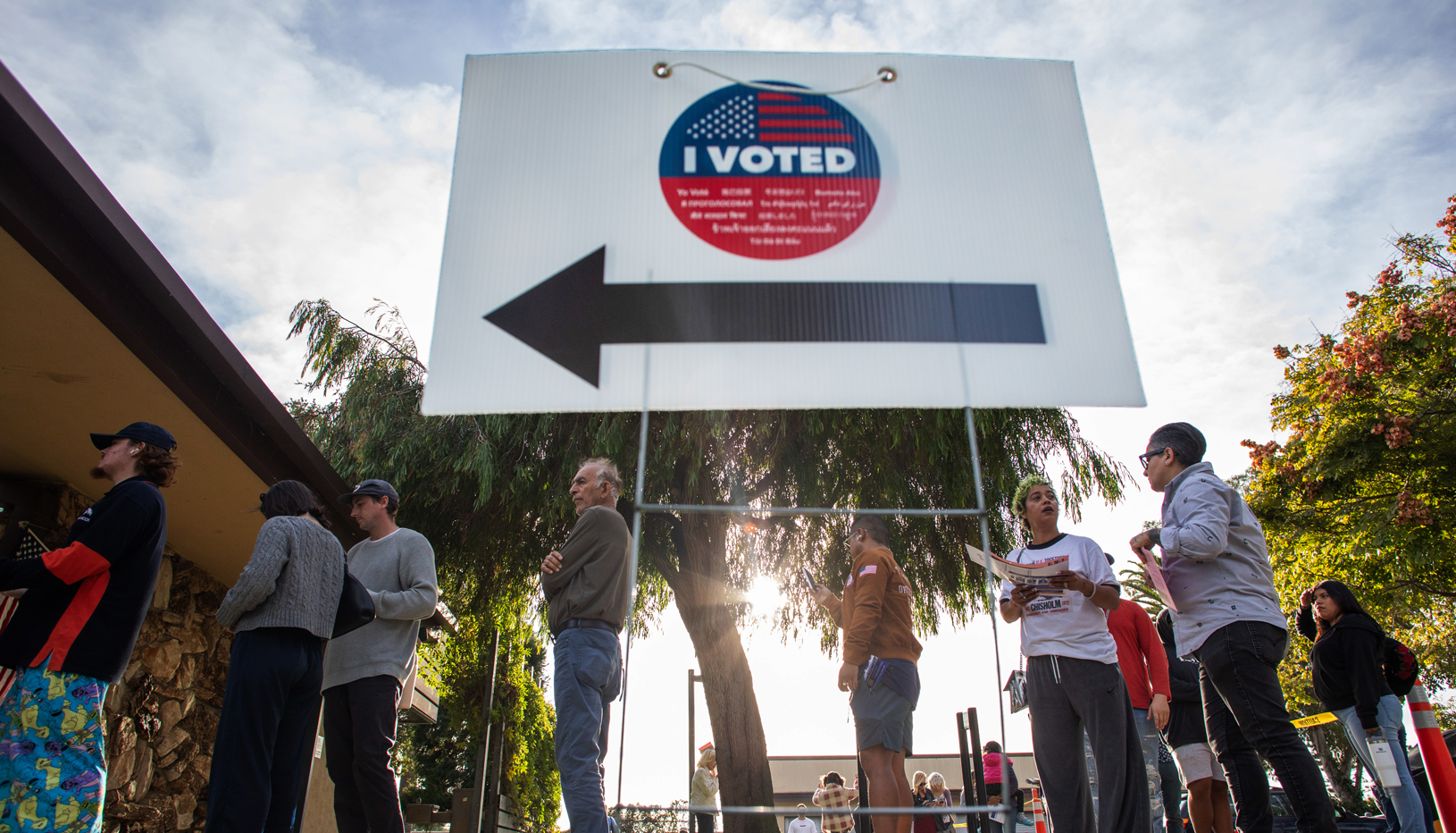Tomorrow is National Voter Registration Day. The day serves as an opportunity for civic groups to come together to help Americans register to vote, so they are able to participate in the November elections. But the Covid-19 pandemic has frustrated these efforts to help Americans exercise one of their most fundamental democratic rights. In a new analysis, we find that voter registration rates in many states lag significantly behind those observed in 2016.
We analyzed registration rates in 21 states and found that the pandemic has led to a drop-off in new registrations in 17 states relative to the 2016 cycle. We report these rates in the table below.
We limited our analysis to the states that make monthly counts of registered voters available on the website of the relevant chief elections official. To capture the change in voter registration efforts during the pandemic, we calculated the growth rate in registrations between January and August of 2016 and again between January and August of 2020 to account for baseline population differences in each of the states.1 We then compare these rates across the states to observe how registration efforts have been impacted by the pandemic.
The first and most striking observation is that most — 17 of the 21 — report lower registration growth rates in 2020 than in 2016. On average, these 17 states have seen registrations decline by 38 percent this year. For some states, the decrease is less than that — Wisconsin and Colorado are below 2016 rates by 2 percent and 20 percent, respectively— while other states, like Maryland and Arizona, are below 2016 registration rates by 87 percent and 65 percent, respectively.
In four of the states — Alaska, Idaho, Michigan, and Utah — registrations so far in 2020 are above those in 2016 by an average of 36 percent. Alaska is farthest ahead among these states (up more than 85 percent compared to 2016), while Idaho is closer to parity with 2016 (up by about 5 percent). It is unclear why these four states performed better than the others relative to their 2016 registrations.
It’s important to call out one anomaly of the U.S. voting system that could exacerbate these registration rate declines, especially during a pandemic. Voter registration is a critical, if unappreciated, component of the voting process. The United States is exceptional in that registering to vote is the obligation of the citizen and not, as is the case in many other democracies, a government responsibility. The Brennan Center has long been concerned that putting the burden to register on the citizen will result in the electorate being a skewed representation of the American people as a whole. To that end, we work with state partners to implement automatic registration and other critical voter registration reforms in states.
With six weeks to go before Election Day, it’s important for those who have not registered to vote to do so as soon as possible. It’s also important for regular voters to doublecheck with their local election administrators that they are indeed registered to vote to avoid any problems this election season.
Endnotes
-
1
In three states the January to August window was not possible, based on the most recent report of registered voters. In these cases, we sought to keep the window for registrations constant to reasonably compare 2016 and 2020. In Florida, the most recent report of registrations is dated July 31, and we use the same window in 2016. In Idaho, the most recent report of registrations is from June 2020, and we use the same window in 2016. In Michigan, registration rates in 2016 are based on reported totals in January and July, but the 2020 rate is based on a window between February and July. While the shorter window in 2020 may bias the growth rates, we do not think this is likely because the shorter registration window in 2020 should push the growth rate down, unless there was a net reduction in registrations between January and February of 2020.


